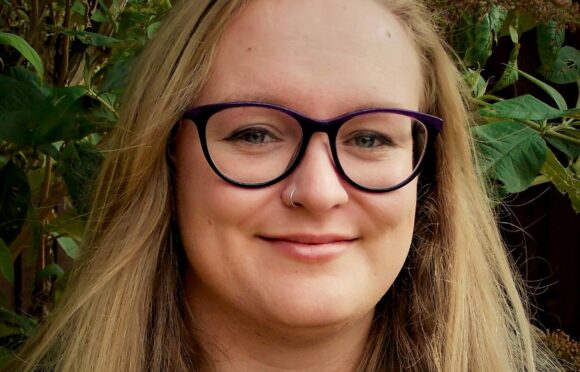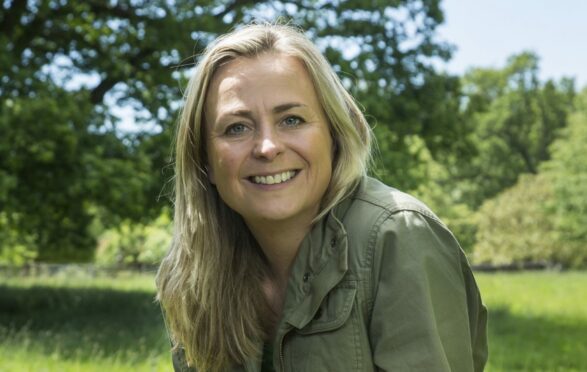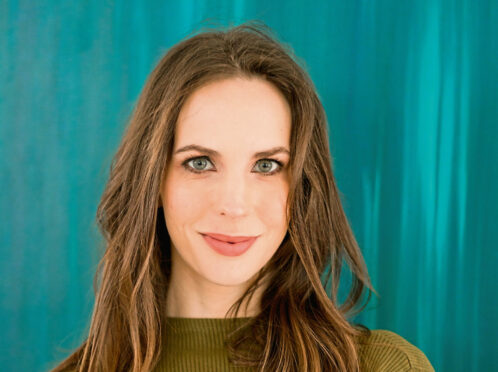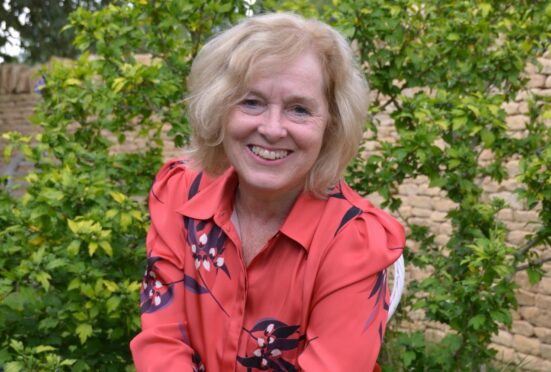
The November lockdown of 2020 was a dark and dangerous time for most of the population grappling with the terrifying reality of Covid-19.
But 30-year-old Fran Dorricott – who divides her life among writing, reading and selling books – decided to make the best of her furlough from Waterstones in Derby.
The result is her Gothic suspense, The Lighthouse, out next week and set on an island in the far north of Scotland.
Single Dorricott, who also writes fantasy novels, adds: “I love Scotland because of its folklore and mythology. It was Scotland’s stories and storytelling that I wanted to tap into. It has such a rich cultural heritage.”
The tale follows six friends who rent a renovated lighthouse with – unknown to them – a chilling history. The ferryman who drops them at the isolated spot warns of its dangers – treacherous cliffs and hazardous shoreline – and advises not to go out after dark. But, on their first night, as the Northern Lights dance overhead, they venture outside where one of them disappears and their dream weekend takes a sinister turn.
Dorricott, who caught the virus and is now coping with what is suspected to be its long-term after-effects, tells P.S: “I did a lot of research and watched many on line videos but, because of the pandemic, I did not go to a lighthouse in Scotland. But I did read about the most famous stories of lighthouse keepers who went missing. The Eilean Mor mystery is what I consider to be the most famous and I Googled plenty of pictures around that.”
In December 1900 a small ship took relief lighthouse keeper James Moore to Eilean Mor, an uninhabited island in the Flannan Isles of the Outer Hebrides, apart from its two lighthouse keepers. But when he got there he found the lighthouse door open, half-eaten food on the table and a chair overturned. There was no sign of the keepers. Despite extensive searches, they were never seen again.
Dorricott, who admits the setting for her novel is a composite of the locations she researched, says: “The Lighthouse is a little bit different to other crime and fantasy books I’ve written. It is more a Gothic suspense. I had really wanted to go to Scotland to have a research trip of my own. The climate feels different to the UK as a whole. It is colder and I could play with the Northern Lights. I don’t have that in Derby.
“I wrote the first draft of the book in six weeks. It helped that we were in lockdown. It gave me the time because I wasn’t able to go anywhere.”
Dorricott – whose fantasy novels are penned under the name of Francesca May – explains: “I like switching genres. It gives me a breath of fresh air between projects, which allows me to go back and see each with a fresh eye.”
The writer – who lives with her Newfoundland dogs Zeus, Xena and Juno, and cats Jet, Atlas and Athena – also has a new fantasy novel out next month titled Wild & Wicked.
And she reveals: “I am now working on another Gothic suspense novel, also set in Scotland, and it’s about three friends who are rained off a camping trip and end up spending time in a cabin on a loch and find out no one stayed there for a long time because of something terrible that happened 20 years before.”
Fran Dorricott – The Lighthouse, Avon, £7.99

Enjoy the convenience of having The Sunday Post delivered as a digital ePaper straight to your smartphone, tablet or computer.
Subscribe for only £5.49 a month and enjoy all the benefits of the printed paper as a digital replica.
Subscribe

